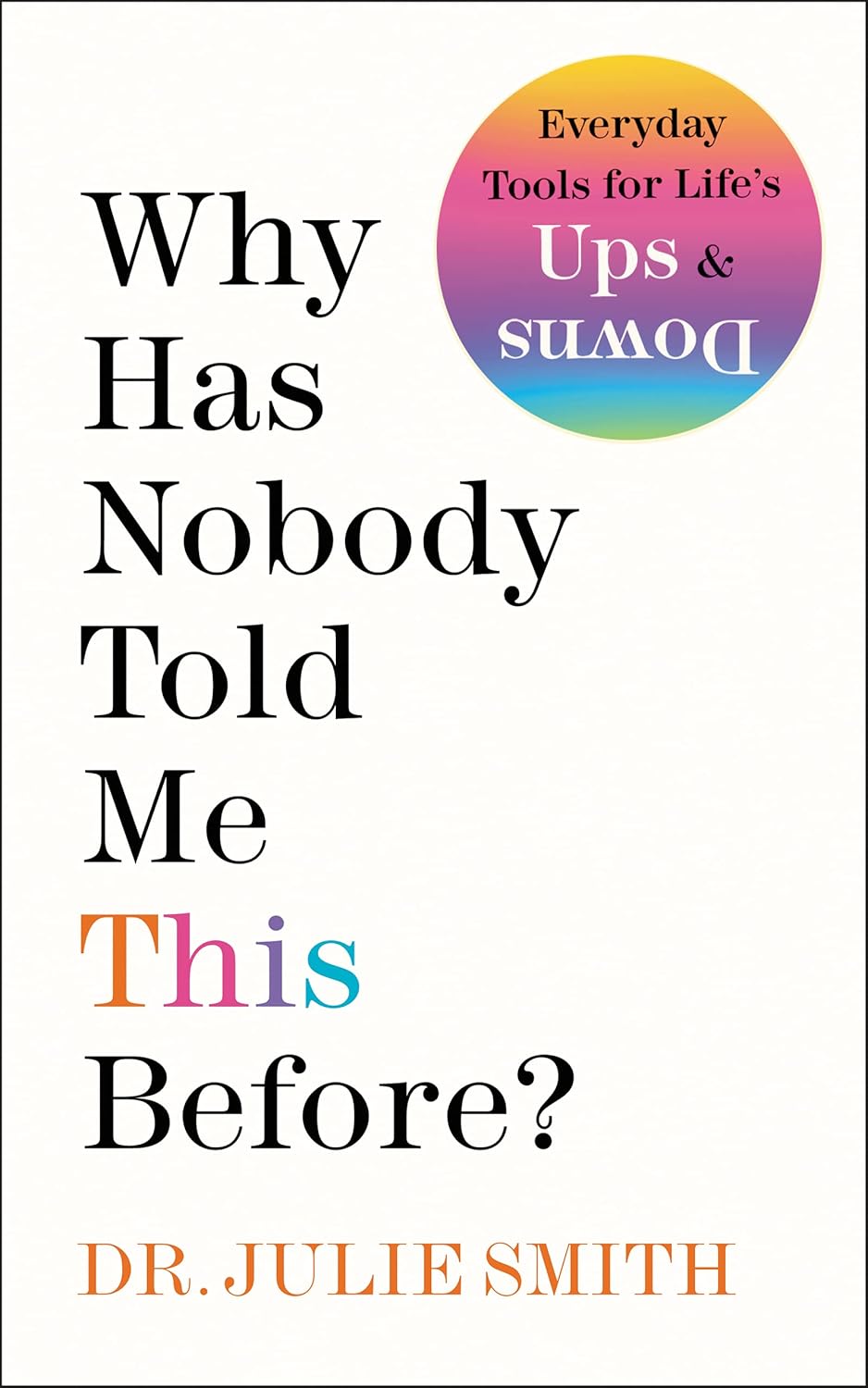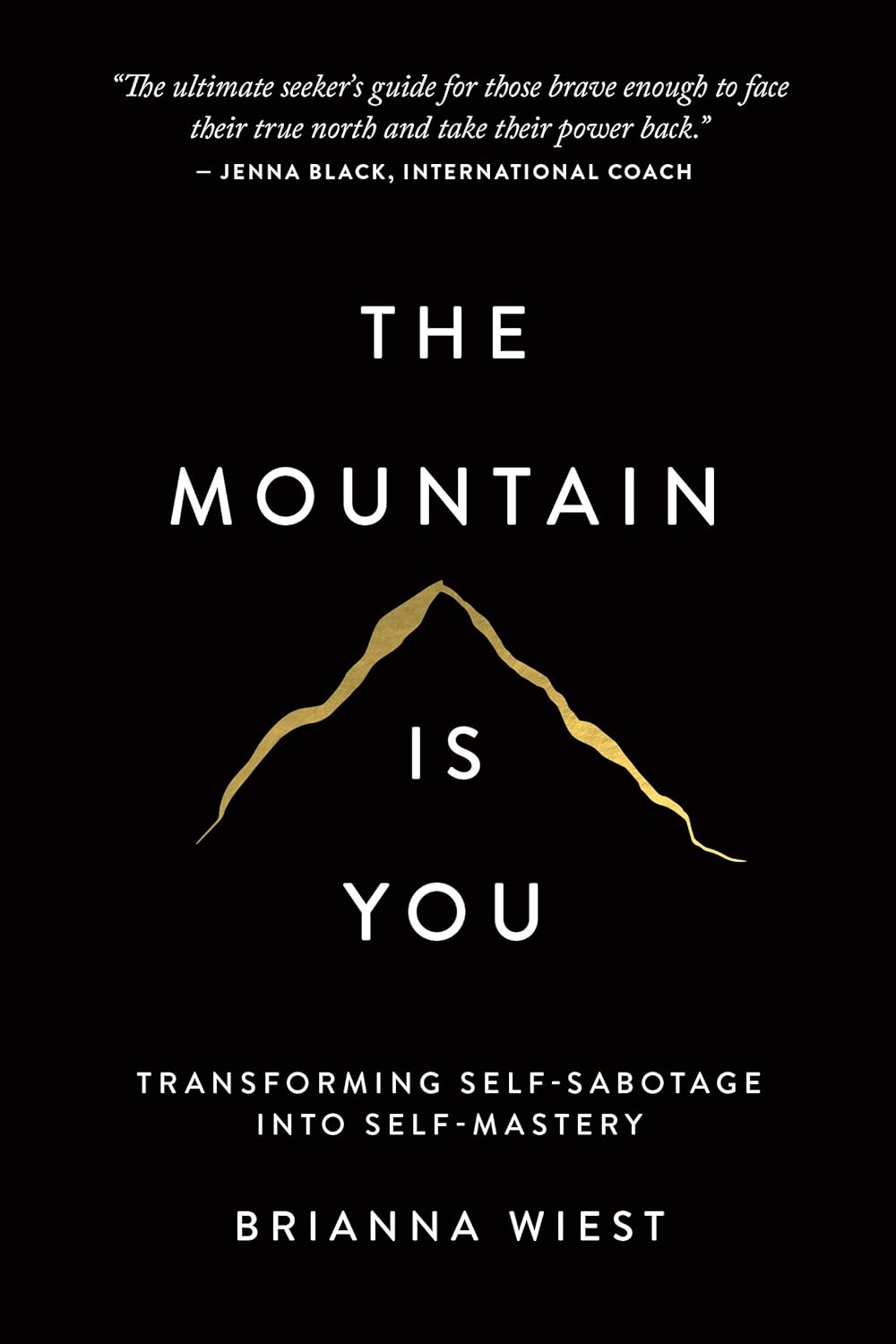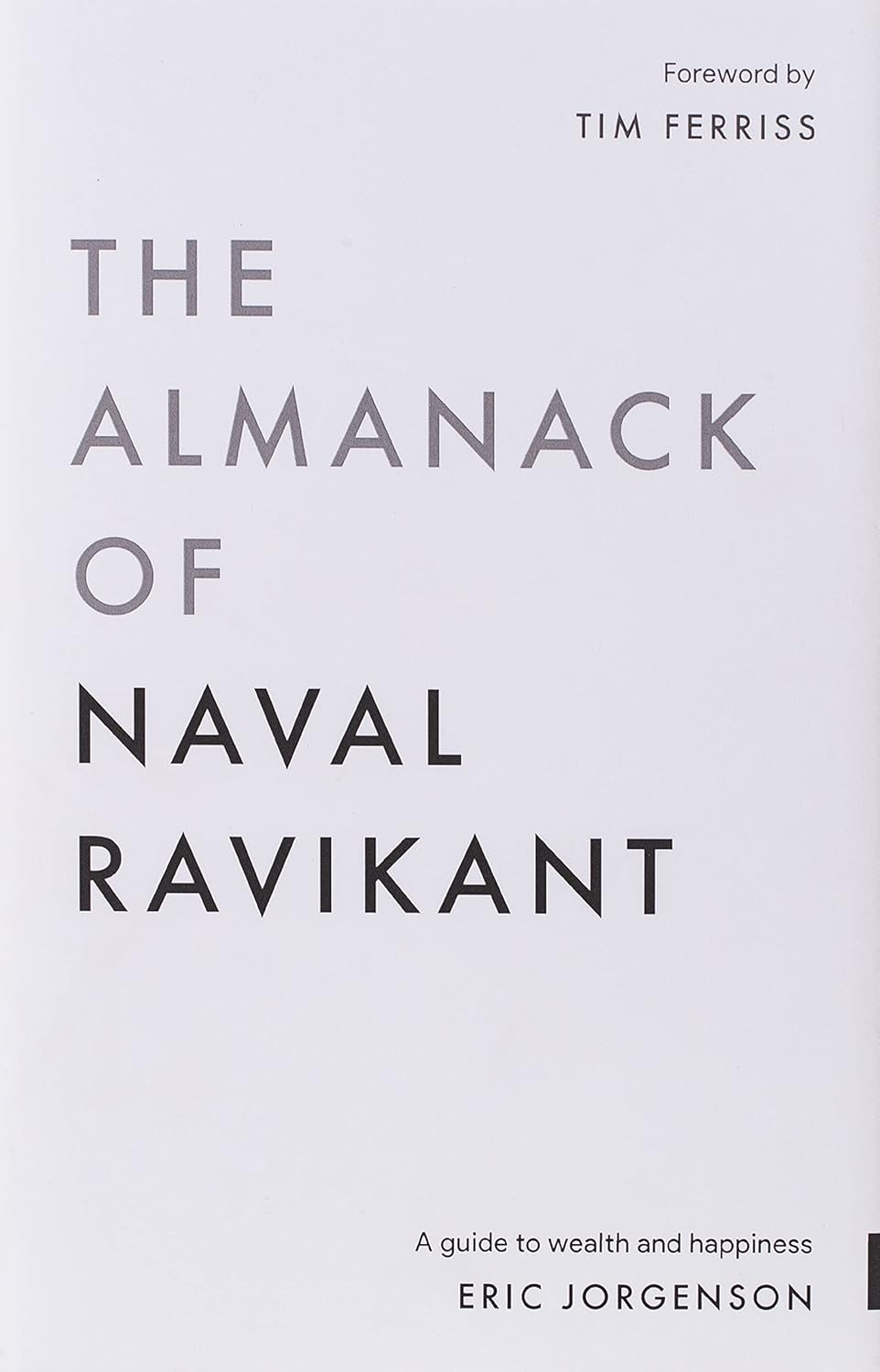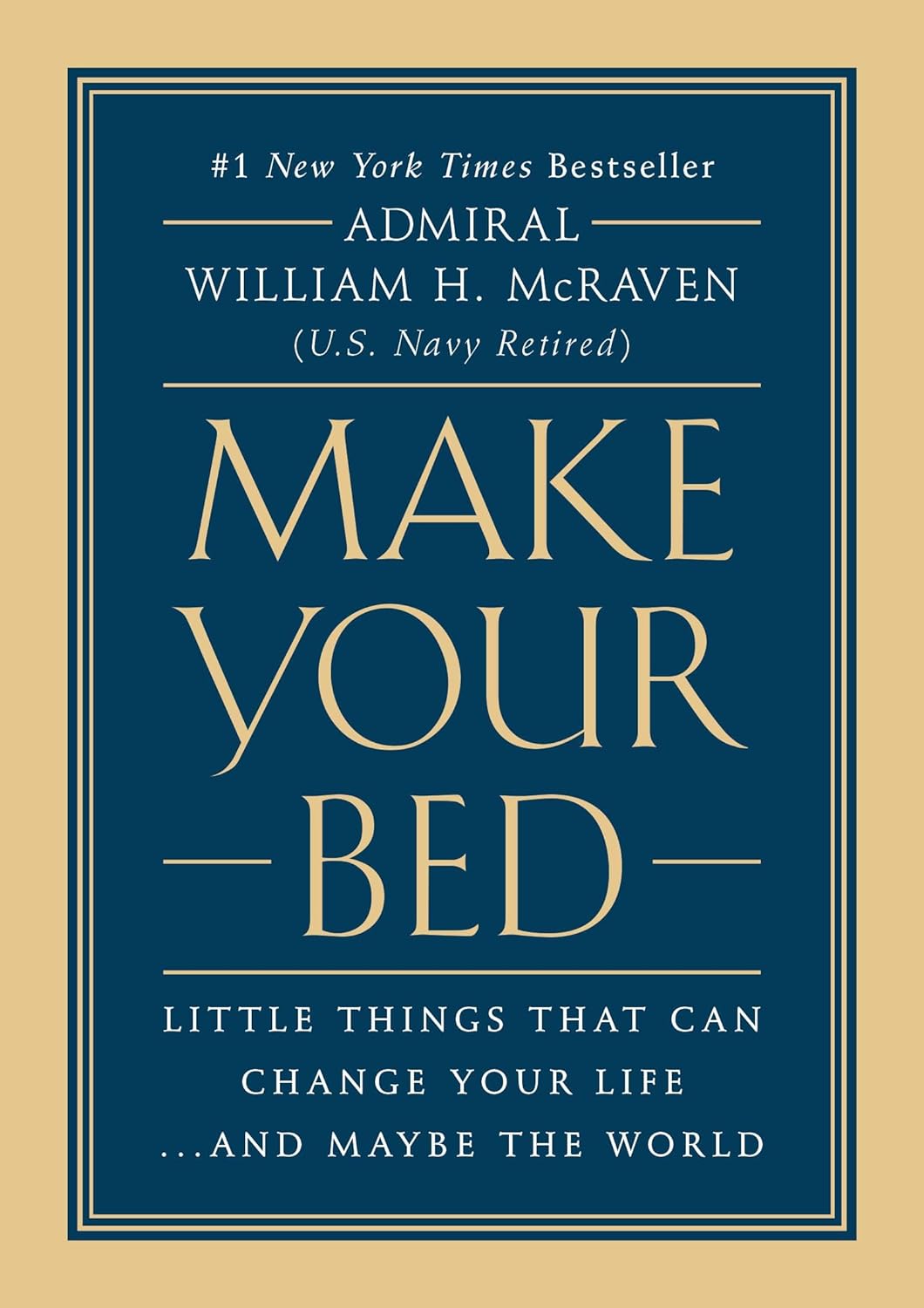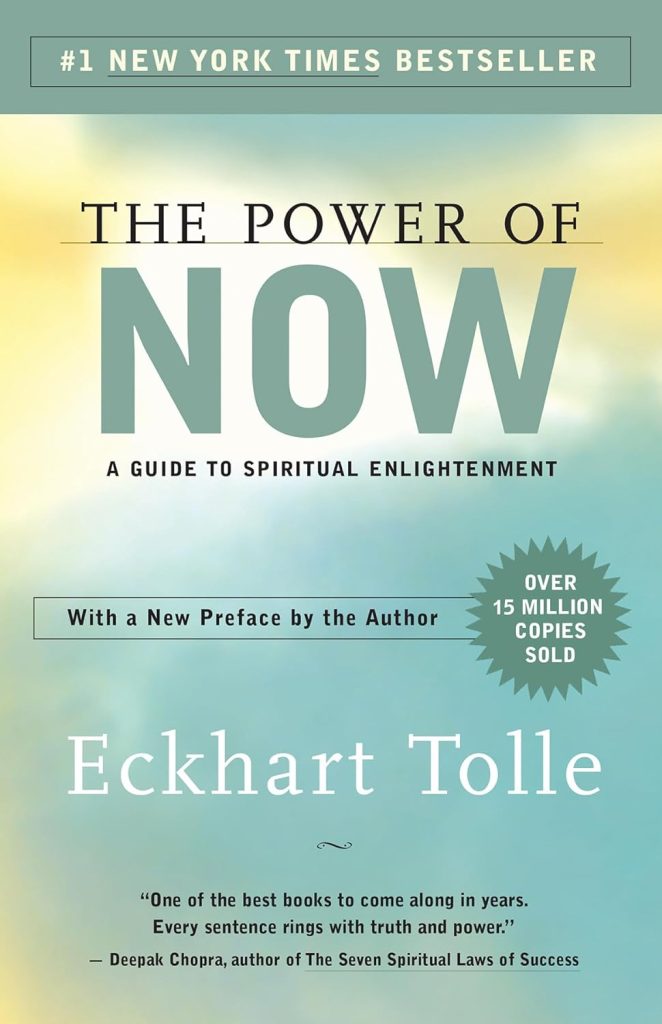
Buy The Book
Chapter
- ✦ The Origin Of This Book
- ✦ The Truth That Is Within You
- ✦ You Are Not Your Mind
- ✦ Consciousness – The Way Out Of Pain
- ✦ Moving Deeply Into The Now
- ✦ Mind Strategies For Avoiding The Now
- ✦ The State Of Presence
- ✦ The Inner Body
- ✦ Portals Into The Unmanifested
- ✦ Enlightened Relationships
- ✦ Beyond Happiness And Unhappiness There Is Peace
- ✦ The Meaning Of Surrender
The Power of Now: A Guide to Spiritual Enlightenment

About
In “The Power of Now,” Eckhart Tolle emphasizes the importance of living fully in the present moment and breaking free from the constraints of the mind. He posits that the mind’s incessant chatter and identification with thoughts create suffering and prevent individuals from experiencing true peace and enlightenment. Through a series of dialogues and teachings, Tolle guides readers to disidentify from their thoughts, recognize the “pain-body” that thrives on past pain, and access the profound stillness and presence that lie beyond mental noise.
Tolle explores concepts like the ego, psychological time, and the power of presence, offering practical advice on how to cultivate awareness and find liberation from the mind’s dominance. By embracing the Now and connecting with one’s true essence, Tolle believes individuals can achieve spiritual awakening and experience a profound sense of joy and peace in their everyday lives.

Spark
Learn
Review
✦ The Origin Of This Book
Until I was thirty, I lived in almost constant anxiety and periods of suicidal depression. One night, shortly after my twenty-ninth birthday, I woke up overwhelmed by an intense sense of dread and self-loathing. The thought, “I cannot live with myself any longer,” kept repeating in my mind. Suddenly, I realized that if I couldn’t live with myself, there must be two of me. This realization stunned me into stillness, and I felt drawn into a void within myself. When I awoke, the world seemed fresh, alive, and filled with a profound sense of peace and love.
For five months, I lived in uninterrupted bliss. Eventually, this state became my natural way of being. I realized that my deep suffering had led to the collapse of my false self, revealing my true nature as pure consciousness. Over time, I became a spiritual teacher, sharing this inner peace with others.
✦ The Truth That Is Within You
This book captures the essence of my work with individuals and small groups over the past decade in Europe and North America. It wouldn’t exist without the courage and openness of those spiritual seekers who embraced inner change and asked profound questions. They belong to a growing group of spiritual pioneers breaking free from inherited mind-patterns that have caused human suffering for eons.
I trust that this book will reach those ready for radical inner transformation and act as a catalyst for their growth. The question-and-answer format reflects real dialogues that often spontaneously arose in seminars and counseling sessions. The book alternates between revealing the false self and guiding readers toward a profound transformation of consciousness, leading to a state of enlightened presence in the Now.
Read with an open heart, not just the mind, and recognize the spiritual truths within. This book is a restatement of timeless spiritual teachings, aiming to awaken the deep knowledge that resides within you.
✦ You Are Not Your Mind
Enlightenment is not a superhuman achievement but rather your natural state of oneness with Being. It is the deep realization of your true nature beyond name and form, a state of connectedness with something greater than yourself. The inability to feel this connectedness leads to the illusion of separation, causing fear and conflict within and without.
The greatest obstacle to enlightenment is identification with your mind, which leads to compulsive thinking. This incessant mental noise creates a false sense of self and blocks your connection to the realm of inner stillness and Being. The mind, when not properly used, becomes a destructive force, leading to a life of problems and fragmentation. Enlightenment is the end of this suffering and the liberation from the tyranny of incessant thinking.
To overcome this obstacle, one must learn to disidentify from the mind. This begins with “watching the thinker”—observing your thoughts without judgment. As you do this, a new dimension of consciousness emerges, allowing you to realize that your true self exists beyond thought. By becoming intensely aware of the present moment and practicing mindfulness in everyday activities, you can create gaps in the mind stream, where the light of consciousness can shine through.
In this state of inner stillness, you experience peace, joy, and a deep sense of presence. The more you practice, the more you realize that true freedom lies in the space between thoughts, where your natural state of Being is revealed. This is the essence of enlightenment: living in harmony with yourself, others, and the world around you, free from the enslavement of the mind.
✦ Consciousness – The Way Out Of Pain
Pain is an inevitable part of life, but much of it is self-created by the unobserved mind. This pain arises from resisting the present moment, whether through judgment, negativity, or a refusal to accept what is. The mind habitually denies the Now because it thrives on past and future, but the more you identify with your mind, the more you suffer.
To stop creating unnecessary pain, make the present moment your primary focus. Accept the Now completely, working with it instead of against it. This acceptance allows you to observe your mind’s resistance and experience inner freedom.
The pain-body, an accumulation of past emotional pain, can dominate your life if you identify with it. It feeds on pain and perpetuates suffering. However, by becoming a conscious observer of your pain-body, you break its hold on you. This awareness allows for the transmutation of pain into consciousness, leading to true inner peace.
To practice this, focus on the feeling within you, without thinking, judging, or identifying with it. Stay present and observe, which will gradually dissolve the pain-body and bring about healing. This process is simple yet powerful, offering a path to freedom from suffering.
✦ Moving Deeply Into The Now
To achieve spiritual enlightenment, you don’t need to delve deeply into the workings of the mind. The mind itself cannot solve its own dysfunctions. Once you understand that identifying with the mind creates a false self, or ego, you’re already on the right path. The ego thrives on fear and endless needs, often attaching itself to problems to strengthen its illusory sense of self. Understanding this basic mechanism is enough; you don’t need to explore every manifestation of it.
To transcend the mind, end the delusion of time. The mind and time are inseparable, and being trapped in time means living through memories and anticipation, missing the present moment. The past and future are illusions; life only happens in the Now. The Now is not only the most precious thing but the only thing that truly exists. The past is just a memory of a former Now, and the future is an imagined Now. When you focus on the present, you connect with your true Being, beyond the mind.
Spiritual traditions, from Zen to Sufism, emphasize the importance of living in the Now. In the Now, problems dissolve, as suffering requires time to exist. By being fully present, you free yourself from the burdens of the past and the anxieties of the future, accessing a state of consciousness that is beyond time and mind.
✦ Mind Strategies For Avoiding The Now
Even if you intellectually accept that time is an illusion, it won’t change your life unless you live this truth. Freedom from time means being fully present, where every cell in your body feels vibrant and alive. The real issue isn’t tomorrow’s bills or aging; it’s the loss of the Now, which is the core delusion that turns situations into suffering.
Being free of time means shedding the psychological dependence on the past for identity and the future for fulfillment, leading to a profound transformation in consciousness. Initially, you might shift between being present and lost in time, but recognizing when you’ve lost “the Now” is the first step to staying present for longer periods. Eventually, presence becomes your default state.
Most people live in unconsciousness, either in a low-level state of unease or in deeper suffering when faced with challenges. Ordinary unconsciousness, marked by discontent, boredom, and nervousness, often goes unnoticed because it feels normal. Deep unconsciousness arises when the ego is threatened, leading to intense negativity and suffering.
The way you handle life’s challenges reveals your level of consciousness. To grow in presence, it’s crucial to bring awareness into everyday situations, building a high-frequency energy field that negativity cannot penetrate. By learning to observe your thoughts and emotions, you can detect the underlying unease of ordinary unconsciousness. Regular self-observation, asking yourself, “Am I at ease right now?” helps you recognize and dissolve this unconscious resistance, allowing the light of presence to shine through and transform your experience.
✦ The State Of Presence
Is is a state that transcends thought—it’s not something to be understood intellectually but experienced directly. You enter this state by being fully aware, fully alive in the present moment. When you intensely focus on the present, as in waiting for your next thought with deep alertness, you enter a stillness where thoughts cease to arise. This stillness is the essence of presence—a state of heightened awareness free from the constant chatter of the mind. It’s akin to a servant waiting for their master, fully awake and aware, not lost in thought or time, ready for whatever comes.
To cultivate presence, it’s essential to stay connected to your body, to feel it from within, anchoring yourself in the Now. This presence often surfaces briefly in moments of natural beauty—when you’re truly in the moment, appreciating the majesty of a night sky or the sound of a stream, you’re not thinking; you’re in a state of no-mind, allowing beauty to reveal itself. This pure awareness, free from labeling or interpreting, is where true beauty and sacredness reside. The more you deepen this presence, the more conscious and connected to your true self you become, transcending the ego’s limitations.
Presence is also intimately connected to Being. When you become aware of your own consciousness, it’s Being recognizing itself. This process is part of a larger evolution of consciousness, where identification with mental forms dissolves, leading to a purer, enlightened state. As you withdraw from mind-forms, consciousness awakens from its dream of form. In this state, silence and stillness within become the true essence of presence, beyond the mind’s grasp. Through presence, you tap into a deeper reality, where the true nature of consciousness—free from past and future—unfolds in the eternal Now.
✦ The Inner Body
To understand the concept of Being, it’s crucial to look beyond intellectual comprehension. Being is not something the mind can fully grasp or label; it is experienced directly. The body serves as a gateway to this deeper awareness. By focusing on the inner sensations of your body—feeling the life within each part—you connect with the essence of Being, the “I am” that exists beyond physical form.
This connection to Being frees you from the illusion that you are merely your body and mind. It dissolves the fear and suffering born from this illusion, as described by Buddha and Jesus. Being is an experience of profound freedom from the ego’s constant needs and fears.
The concept of “sin” or similar terms can be problematic due to historical and cultural distortions. If such terms imply judgment or guilt, it’s better to use words like “unconsciousness” or “insanity,” which may better capture the essence of not living fully in the present moment. This isn’t about self-blame but recognizing the collective human condition marked by fear, violence, and unconsciousness.
The physical body, while not the source of Being, can help you access it. The body’s deeper, invisible reality is felt as an inner energy field, distinct from its external form. To connect with this, focus your attention inward, feeling the aliveness and subtle energy within. This practice allows you to reclaim consciousness from compulsive thinking and reconnect with your true self.
Try this now: close your eyes and direct your attention inward. Feel the subtle energy throughout your body without getting caught up in thoughts. This inner awareness is a bridge to your deeper essence. Even as you return to your surroundings, maintain this connection to your inner body, keeping in touch with the feeling of Being.
✦ Portals Into The Unmanifested
Going Deeply into the Body: A Meditation.
To delve deeper into the inner body and connect with the essence of Being, try this brief meditation practice, ideally lasting ten to fifteen minutes. Ensure you’re in a quiet space free from distractions. Sit upright, keeping your spine straight, and make sure your body is relaxed. You may also choose a comfortable meditation position.
Close your eyes and take a few deep breaths, focusing on the expansion and contraction of your lower abdomen. Then, turn your attention inward to sense the inner energy field of your body. Don’t overthink it—just feel it. Visualize this field as a radiant light if it helps.
As you feel the inner body as a unified energy field, let go of any visual or mental images. Focus solely on the sensation of presence, which is formless and boundless. Allow yourself to merge with this feeling, where the observer and observed dissolve, and the inner body becomes an extension of the Unmanifested.
Stay in this state of pure Being for as long as it feels right. When you return to awareness of your physical body, maintain a subtle sense of the inner energy. Observe your surroundings mindfully, without labeling, while still feeling this inner essence.
This practice connects you to the Unmanifested, the source of all life, offering profound liberation from identification with form. The Unmanifested is the essence of all things, and chi, or life energy, is the bridge between the manifested world and this source.
Remember, this state of awareness isn’t separate from your daily life. Maintain this inner connection as you interact with the world, recognizing the presence of the Unmanifested in every moment. This continuous presence aligns you with your true essence and brings deeper peace and clarity into your life.
✦ Enlightened Relationships
Enter the Now from Wherever You Are.
True enlightenment isn’t reliant on romantic relationships or external events; it is found in the present moment. The belief that salvation or fulfillment comes from future events or relationships is a core misunderstanding. Salvation is not a distant destination but a present reality.
People often chase physical pleasures or psychological gratifications, hoping these will bring lasting happiness or freedom from fear. This pursuit is a search for salvation, which, when projected into the future, only perpetuates a sense of lack. True fulfillment and peace are not contingent on external conditions; they are found in the present moment. It’s about realizing that you are complete and at peace now, not waiting for some future event or condition.
If you’re waiting for a significant event, like a relationship, to feel whole, you’re missing the point. The Now is the only access point to true fulfillment. Whether you’re single or in a relationship, the key is to enter the Now from where you are.
Relationships often reveal the ego’s need for validation rather than true love. Romantic relationships can become sources of addiction, where temporary feelings of completeness lead to cycles of love and hate. This is because such relationships often mask underlying fears and insecurities rather than resolving them. True love, originating from presence, has no opposite and doesn’t arise from ego needs.
The urge to escape the present moment is often driven by a fear of confronting inner pain. Facing this pain with presence can dissolve it. Whether in solitude or in a relationship, bringing awareness to the Now is crucial. Relationships or isolation won’t necessarily bring you closer to fulfillment, but presence will.
✦ Beyond Happiness And Unhappiness There Is Peace
The Higher Good Beyond Good and Bad.
Happiness and inner peace are distinct: happiness relies on favorable conditions, while inner peace remains unaffected by them. It’s not possible to ensure only positive conditions through positive thinking alone. What seems negative, like failure or loss, often brings profound lessons, fostering depth, humility, and compassion.
From a higher perspective, conditions are neither good nor bad—they simply are. Complete acceptance of the present moment transcends dualities like good and bad, leading to a deeper peace. This acceptance isn’t denial; it’s allowing things to be as they are. In moments of loss or pain, inner peace can coexist with sadness, providing a serene, unchanging presence beneath the turmoil.
You can act to change situations while accepting what is. Acceptance frees you from mind’s resistance and connects you with a greater intelligence that guides your actions without ego-driven motives. This acceptance also prevents the accumulation of resentment and transforms suffering into inner peace.
When you live with complete acceptance, drama and conflict, driven by ego, cease. Ego creates drama through resistance and control, but when you are fully conscious, such conflicts and personal dramas dissolve. This state also enables you to handle the cycles of life—growth and decline, success and failure—without attachment, recognizing their impermanence.
True fulfillment doesn’t come from external conditions, which are transient and ultimately unsatisfying. Joy and peace arise from within, transcending the fluctuations of external circumstances. By releasing dependency on external forms, you achieve a state of grace and ease, where life flows effortlessly, and you remain at peace despite the inevitable changes.
✦ The Meaning Of Surrender
Surrendering doesn’t mean resigning to defeat or giving up; rather, it’s about accepting the present moment as it is without resistance. This acceptance doesn’t preclude taking action or striving for change—it actually enhances it. When you surrender, you acknowledge the current situation without judgment, which frees you from inner resistance and allows for more effective action.
For example, if you’re stuck in a difficult situation, surrendering involves accepting the present moment without emotional negativity. This acceptance doesn’t mean you stop trying to improve things. Instead, it means you focus on what you can do now without being bogged down by frustration or despair.
In relationships or challenging situations, surrendering means responding with clarity and insight rather than reacting from a place of resistance. This allows for more authentic communication and problem-solving. True surrender transforms your inner state, enabling you to act from a place of calm and purpose, which often leads to better outcomes and greater inner peace.
Surrendering involves accepting the present moment fully, not resisting it. This acceptance can lead to spiritual awakening or finding God, as it shifts focus from suffering to presence. Suffering often forces people to surrender, revealing that pain arises from resistance and can lead to spiritual realization.
The “way of the cross” represents a path to enlightenment through enduring suffering, which is still relevant for many. However, increasing numbers are finding enlightenment through conscious choice and presence, avoiding prolonged suffering. Enlightenment chosen consciously means focusing on the Now, relinquishing past and future attachments, and creating no more pain.
People who seem to choose suffering often do so out of unconscious patterns or conditioning, not true choice. The mind clings to familiar pain because it fears the unknown. Awareness and presence can break these patterns, allowing for genuine choice and freedom from dysfunction.
Forgiveness and true change come from being present and not identified with past pain. When you fully surrender to the Now, you will find that the need for past grievances and forgiveness diminishes. The key to realizing this is embracing presence and letting go of past patterns.
For People
– Spiritual Seekers
– People Experiencing Anxiety or Depression
– Individuals Interested in Mindfulness and Meditation
– Self-Improvement Enthusiasts
– Followers of New Age Philosophy
Learn to
– Mindfulness and Presence
– Overcoming Ego and Fear
– Emotional Healing
– Liberation from Overthinking
– Experiencing Inner Peace





